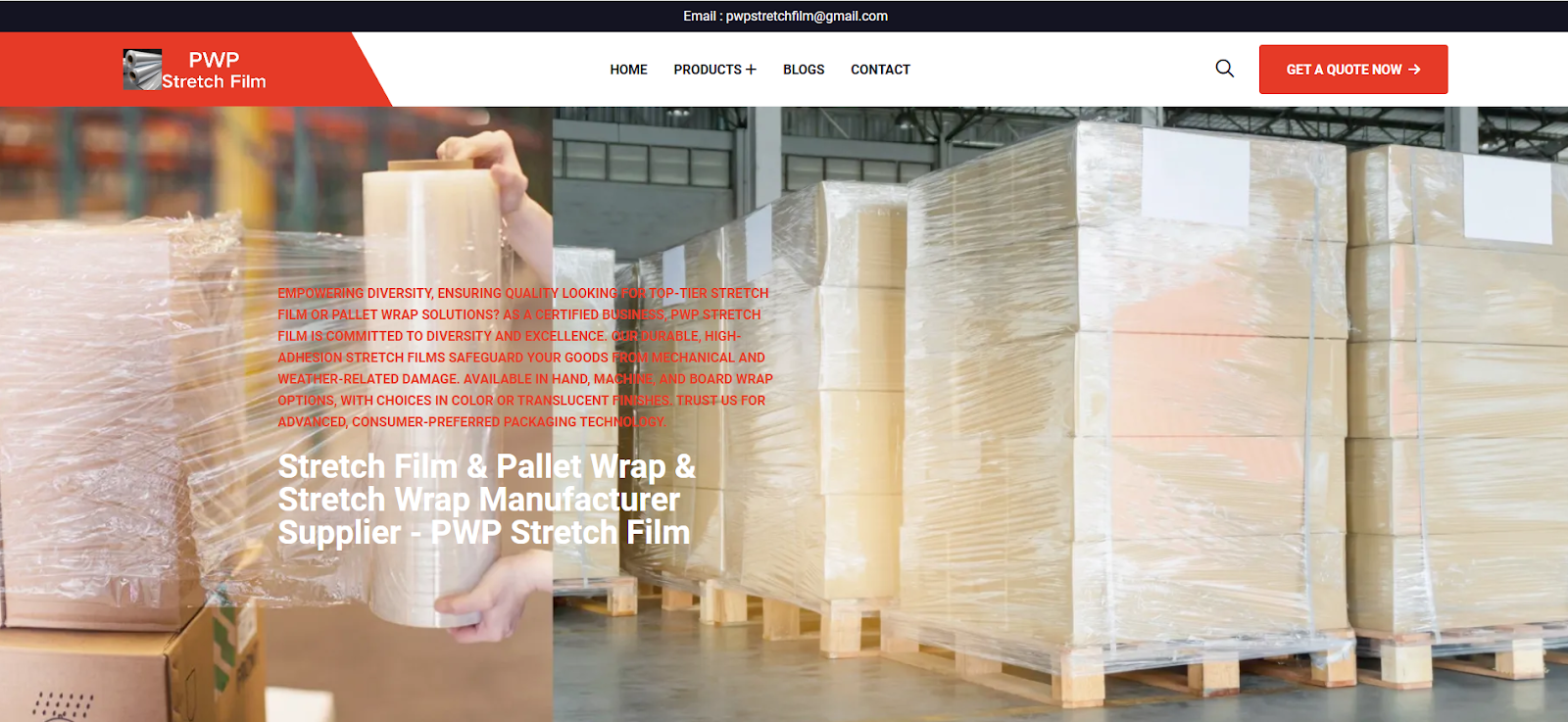Introduction
Custom vinyl stickers are becoming a very popular and adaptable medium for branding businesses and expressing personal ideas. The design process is essential to make your vinyl stickers stand out, whether they are used for marketing, decoration, or just giving ordinary objects a unique touch. The key elements of creating custom vinyl stickers will be covered in this tutorial, along with advice on material selection, design considerations, printing methods, and the top internet resources for sticker production.
Choosing the Right Material: Matte vs. Glossy vs. Transparent
Selecting the appropriate material is the first stage in creating bespoke vinyl stickers. The substance you choose impacts the sticker’s longevity and usage under different settings in addition to its overall look.
Matte vinyl Stickers
Matte vinyl stickers have a smooth, non-shiny texture that gives them a refined, understated look. These stickers are especially useful for text-heavy graphics, minimalist designs, and situations where glare is an issue. They are simple to write on and have a classy appearance, making them good for personalization or labelling.
Glossy Vinyl Stickers
The glossy, reflecting surface of glossy vinyl stickers draws attention to strong designs and vivid colors. Glossy stickers have a high shine that highlights colors and gives them a polished, expensive appearance. Because glossy vinyl stickers are so resilient and water-resistant, they may be used both indoors and outdoors.
Transparent Vinyl Stickers
Whether you want the underlying surface to be part of the aesthetic or have subtle patterns, transparent vinyl stickers offer a seamless, floating impression that works nicely. When it comes to packaging, windows, and glass, transparent stickers are a popular option.
Printing Techniques: Digital Printing vs. Screen Printing for Custom Vinyl Stickers
The moment has come to select a printing technique after the design is complete. For vinyl custom stickers, screen printing and digital printing are the two most used printing methods. Every approach has benefits and may be used to meet various design specifications.
Digital Printing
Custom vinyl stickers are most commonly produced using digital printing. During this technique, patterns are printed directly into the vinyl material using inkjet technology. It is affordable for both small and big orders, has full color capabilities, and gives excellent accuracy. Moreover, digital printing offers a broad color spectrum, gradients, and complex patterns, which makes it perfect for elaborate graphics.
Screen Printing
Applying ink on vinyl is known as screen printing, or silk-screening, and it is done through a mesh screen. It’s a preferable option for simpler designs with a smaller color scheme because each color in the design needs its own screen. Stickers printed using screen printing are renowned for their vivid, long-lasting colors and resilience, particularly when used outside.
Online Tools for Sticker Design: Overview of Popular Design Tools and Platforms
Using internet tools and platforms, creating bespoke vinyl stickers is a simple process. The design process is made easier by the numerous customizable features, export capabilities, and assortment of templates that these user-friendly tools offer. Here are a few well-liked choices:
Canva
Canva is a well-liked online design tool that has a large selection of templates and an easy-to-use interface. It’s perfect for novices who wish to make straightforward yet elegant sticker designs. Canva users can simply export their creations in high-resolution formats that are ideal for printing, and the platform offers a wide library of fonts, pictures, and design components.
Adobe Illustrator
A great option for designs at the professional level is Adobe Illustrator. Illustrator is ideal for complex, elaborate stickers because it gives you control and accuracy over every part of your design. Because it enables vector-based design, the quality of your sticker will not change regardless of size. For designers seeking the most versatility, Illustrator is the preferred tool despite having a high learning curve.
Sticker Mule Studio
A platform called Sticker Mule Studio was created expressly for making personalized stickers. With its assortment of creative tools specifically made for sticker production, users can create, alter, and see real-time previews of their ideas. For those who want a smooth design-to-order process, Sticker Mule Studio also offers fast pricing and order placement.
CorelDRAW
Another top-notch vector design program is CorelDRAW, which is very helpful for anyone making unique custom vinyl stickers with elaborate patterns and complicated forms. Professional designers frequently use it for designing stickers, packaging, and logos since it provides a large array of design tools.
Conclusion
More than simply imagination is needed when designing custom vinyl stickers; careful preparation is needed for material selection, design aspects, and printing methods. Whether matte, glossy, or transparent, you can make sure your stickers are both aesthetically pleasing and long-lasting for the purpose for which they are designed by selecting the proper vinyl type. Making thoughtful decisions about font, color schemes, size, and form will enable you to produce a design that stands out. Finally, you can make sure that your custom vinyl stickers appear professional and satisfy your unique demands by choosing the finest printing process and utilizing the greatest design tools.
Call to Action:
Are you prepared to realize your sticker concepts? For a free quotation and to begin creating your own custom vinyl stickers, get in touch with us at Vograce right now. From the initial material selection to the finished design, our team of professionals can help you every step of the way. Let’s produce something genuinely original!





